The beginners guide to ketogenic diet is a high-fat, low-carbohydrate diet that produces a metabolic state called ketosis. Ketosis occurs when the body doesn’t have enough glucose from carbohydrate intake to fuel the body’s needs and begins burning fat for energy instead. Since burning fat for fuel creates byproducts called ketones, the ketogenic diet is also commonly referred to as a “ketogenic diet” or “keto diet.”
People generally go on diets for two reasons:
First, they want to lose weight. Second, they want to be healthier.
The latter reason is typical that they’ve had a health scare: a stroke or heart attack, a diabetes diagnosis, or simply the news that their blood pressure or cholesterol is way too high.
Unfortunately, most diets are either depriving, disgusting, or dangerous. The perfect example of all three is the Master Cleanse, in which you drink a mixture of water, cayenne pepper, lemon juice, and maple syrup (plus just a few other simple foods) for 10 days.
Naturally, these diets are painful to undertake and add insult to injury. They don’t work.
If you’re looking for a diet that does work, isn’t depriving, and lets you eat delicious foods (like hard cheeses, meats and seafood, avocados, and olive oil), then something called the ketogenic diet is right up your alley.
What Is Keto? A Definition of the Ketogenic Diet
You’ve likely heard of ketogenic diets (or keto diets) if you’ve researched how to lose weight or been interested in the Atkins and Paleo diets, which are similar but not the same.
Like the Atkins and Paleo diets, Keto diets focus on eating more protein and fewer carbs to achieve a state of ketosis. You’ll also be eating more fat. Meal plans that follow these keto stipulations make your body burn fat more easily and quickly, providing a slew of fringe benefits.
What Is Ketosis and How Is It Reached?
As you learn more about ketogenic diets, you’ll often hear the term ketosis. To define this word more clearly, we must go back to what the prefix –keto means.
Keto refers to ketones, essentially chemical substances produced by the liver, that the body can use for fuel. If you recall from your high school biology class, our bodies instinctively and automatically use glucose as blood sugar (glucose) to give us energy and keep us going. But when glucose is limited, the body can start burning fat, and the liver can produce ketones from fat. These ketones provide energy for your hungry brain, which requires lots of fuel to function properly.
However, the only way to start using these ketones is to reach the metabolic “state” of ketosis. And to do this, you must consume a moderate amount of protein (probably more than you would normally consume), a high amount of healthy fats, and a low amount of carbs (probably less than you would usually consume).
However, remember that you can’t eat too much protein on most keto diets, or the extra will convert to glucose.
The Benefits of the Keto Diet
The benefits of following a ketogenic diet and achieving ketosis are widespread. You’ll experience benefits in your health and blood work numbers, but you’ll feel better, look better, and possibly even think better.
Long-Term Benefits
Most long-term benefits of following a ketogenic diet involve health outcomes. For many who choose this diet, these are the goals they’re aiming for. A recent study examining the effects of the keto diet on obese patients found the following positive, long-term outcomes.
-
A significant reduction in body weight
One of the most important benefits (and one of the main goals) of the ketogenic diet is to help individuals lose weight. From just a few pounds or 10 pounds to 50 or 100 pounds, the keto diet is consistently recommended for all types of weight loss.
-
Lower bad cholesterol levels (LDL) and triglyceride levels and higher good cholesterol levels (HDL)
Blood work performed on individuals who have followed keto diets for several months or longer consistently results in positive results. Low cholesterol gets lower, and good cholesterol gets higher. Furthermore, triglyceride levels are reduced. All these factors can help individuals reduce their likelihood of strokes, heart attacks, and other health complications.
-
Lower blood glucose levels (blood sugar)
Many patients with type II diabetes find that a ketogenic diet helps them significantly. Not only do blood glucose levels drop overall, but many people with diabetes may be able to lower their dosage of insulin after they are on a diet for several months. Their fasting glucose levels are lowered, and their HA1c readings and cholesterol markers improve. Furthermore, these patients can lose significant amounts of body weight, which helps them with their diabetes numbers.
(comment: Lauren Geertsen, the author of Empowered Sustenance).
-
Reduction in the likelihood of seizures in patients with epilepsy
In patients whose seizures are not controlled by AEDs or anti-epileptic drugs, a ketogenic diet may be an effective treatment option for reducing the number of seizures that the patient experiences and reducing the severity of those they do experience. Patients with epilepsy, including children, have also seen positive effects on their overall behavior and mood.
-
Benefits remain even after the diet is discontinued
Even if a user stops following a keto diet after several months, the health benefits have been shown to continue.
-
The overall efficacy of the diet and weight loss can continue for years
This isn’t a diet that will only provide benefits for a short period before returning your body to its starting position. You can ostensibly continue a ketogenic diet for the rest of your life and continue to see the benefits.”
Day-to-Day Benefits
Of course, following a ketogenic diet plan also has daily benefits.
-
Less hunger daily
One of the best daily benefits of the ketogenic diet is reducing hunger. This leaves users satiated for a longer period. Overall, the body will utilize its higher levels of protein and fat over a longer period instead of burning up the high-carb, high-glucose foods immediately.
-
More energy and more stable energy
Energy levels have been shown to improve with ketogenic diets greatly.
(comment: Chris Nadeau, the author of the healthy living blog Eat Greens Every Day).
-
Improved brain function
In some situations, cognitive impairment has shown improvement after users have followed a ketogenic diet for several months. Furthermore, keto diet followers remark that they have better memory recall, improved clarity of thought, and an easier time learning.
-
Starts helping you lose weight right away
After only a few weeks of following this diet, users will see weight loss benefits. As long as the keto diet is followed closely, weight loss should continue for as long as needed.
Types of Ketogenic Diets
There’s not just one ketogenic diet but several variations that include similar principles as outlined above. Mostly, these ketogenic diets differ based on what they aim to achieve.
SKD: Standard Ketogenic Diet
This is the most typical ketogenic diet. Users consume a moderate amount of protein, a high amount of fat, and a low amount of carbs to achieve ketosis.
CKD: Cyclical Ketogenic Diet
The cyclical ketogenic diet (CKD) and the targeted ketogenic diet (TKD) are diets aimed at those who tend to work out heavily and regularly. The cyclical ketogenic diet is particularly for bodybuilders and those with extremely high muscle masses. This is a specific variation of the standard keto diet in which the user carbs up and increases their supply of glycogen stores in one day while maintaining a typical ketogenic diet for the rest of the week.
TKD: Targeted Ketogenic diet
The targeted ketogenic diet is less intense than the cyclical ketogenic diet. The user will eat the standard ketogenic diet for most of the week, but before working out, they’ll consume a few carbs that digest quickly and are high in glucose.
How to Do the Keto Diet
Beginning a ketogenic diet is fairly simple. You’ll need to change how you eat and increase your intake of healthy fats to a high level, increase your intake of proteins to a moderate level, and significantly lower your intake of carbohydrates, including sugar.
Foods You Can Eat
Again, the aim here is high fat and moderate protein. Therefore, you should focus your diet on the following foods:
- Healthy fats, such as butter or ghee, olive oil, grease, bacon fat, hard cheeses, and coconut oil
- Eggs
- Meats, including chicken, turkey, beef, and organ meats
- Fish
- Seafood
- Leafy greens and other non-starchy vegetables
- Certain types of berries
- Avocados
- Seeds and nuts
Foods Should You Avoid
You’ll also need to lower the number of sugars and starches you consume. This includes avoiding the following foods:
- All types of bread, especially white bread
- Pasta and rice
- Beer, juice, and soda
- Donuts, cakes, and cookies
- Candy and chocolate
- Potatoes and yams (tubers)
- Most types of fruits
- Sugar in most forms (agave, honey, maple syrup)
Drinks
Again, you’ll want to avoid beer, soda, and juice. If you do decide to have the occasional alcoholic drink, red wine is moderately acceptable. Furthermore, a modest amount of cream or milk is alright, but if you can, drink your coffee black and focus on consuming water instead of juice and soda. You’ll want to drink as much water as possible every day. Tea is fine as well — especially green tea.
Sample Meal Plans to Get You Started
Day #1
- Breakfast: Eggs made in olive oil plus sausage or bacon
- Lunch: Chicken salad on a bed of lettuce
- Dinner: A steak with oil-drizzled, oven-roasted vegetables (carrots, peppers, and broccoli); berries for dessert
Day #2
- Breakfast: A three-egg omelet with ham, peppers, and salsa
- Lunch: A bowl of beef vegetable soup
- Dinner: Salmon with a side salad, olive oil vinaigrette dressing, and berries for dessert. Scroll down and hit the 14-day keto diet plan link for more!
Resources for Beginners
For more ideas on keto meal plans and further information about the keto diet, check out these resources:
• A 14-day keto diet plan
• The Epilepsy Society’s guide to ketogenic diets
• The Diabetes Council’s guide to ketogenic diets
• WebMD’s guide to keto diets
Dangers and Side Effects of a Keto Diet
There is one key danger to look out for with the ketogenic diet. It’s called ketoacidosis when your body’s ketone production becomes too high. The good news is that, under most circumstances, ketoacidosis will not occur. What’s most difficult about the ketogenic diet is achieving ketosis in the first place. Achieving even higher ketosis (ketoacidosis) is highly unlikely.
Who Should Not Do a Ketogenic Diet
For most people, ketogenic diets are perfectly safe as this is not particularly extreme. Those with type I diabetes should look out for ketoacidosis, as it is most likely to occur in these individuals. As with any diet, everyone — especially those with diabetes or high blood pressure and those who are pregnant or breastfeeding — should ask their doctor before beginning the diet.
How to Start and When to Start
Are you ready to begin a ketogenic diet? It’s best to plan before you begin and start when you are not too busy or stressed from other areas of your life.
You’ll also want to ensure that you prepare and have all the meal plans, foods, storage containers, and other tools you’ll need. Spend about a week planning what you’ll eat in the first two weeks of your keto diet.
Finally, remember that the keto diet plan can be a lifestyle shift for many, and the benefits outlined above can be vast and long-lasting. So stick with it. And hit the share button below to allow your friends to try it too! Keep trying.

Rick Kaselj MS, is a leading kinesiologist and injury specialist as well as co-creator of the best-selling Unlock Your Hip Flexors program. Rick creates exercise programs that help people heal injuries and eliminate pain, so they can go back to living a full, active, healthy life.

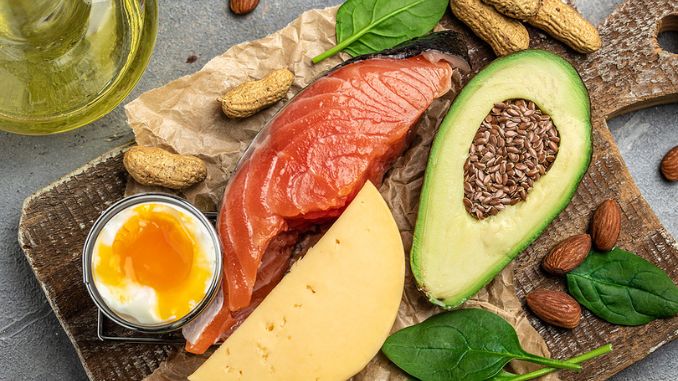
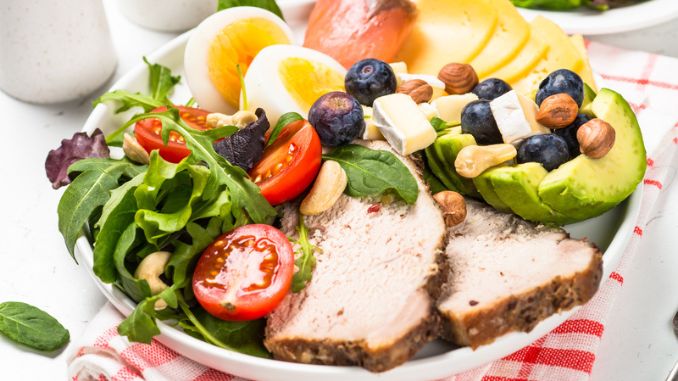


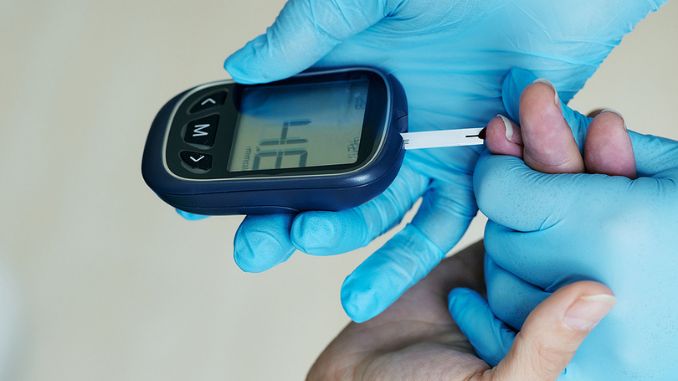

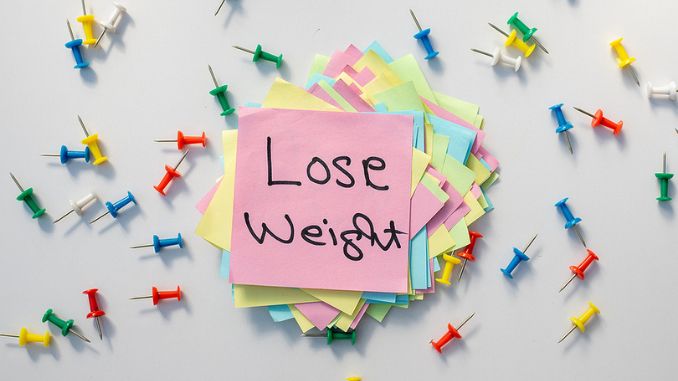




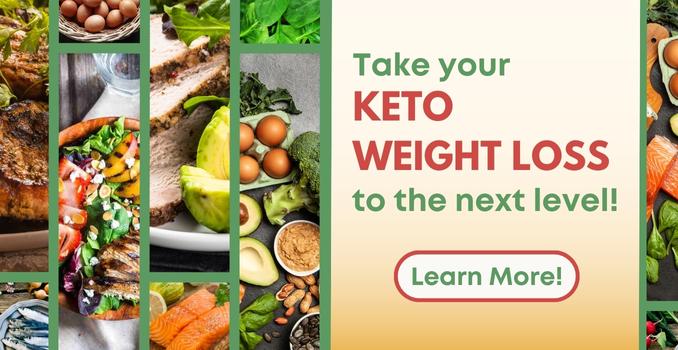
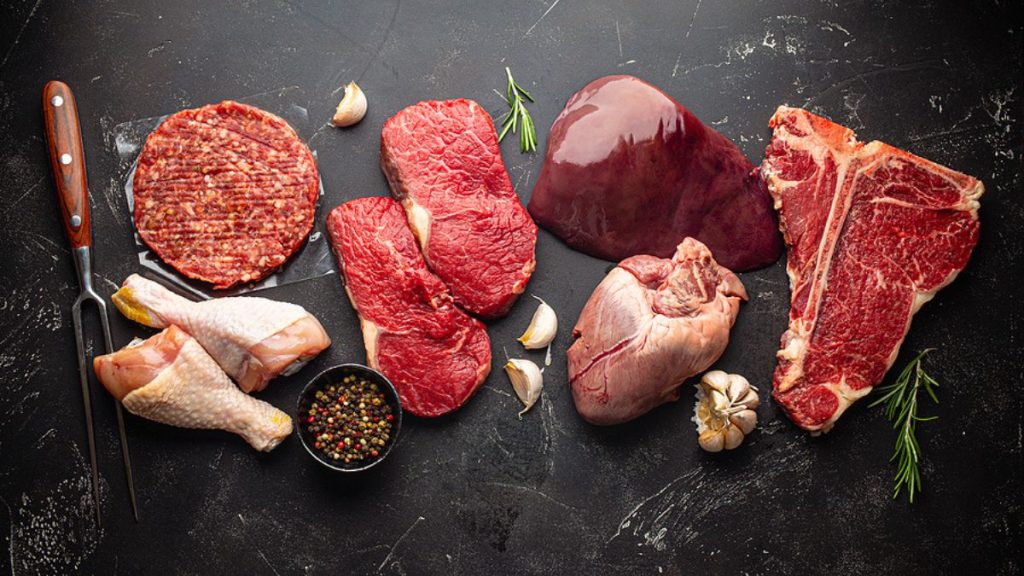

This is a great beginners guide to the keto diet. Thank you for sharing and including my experience in your post.